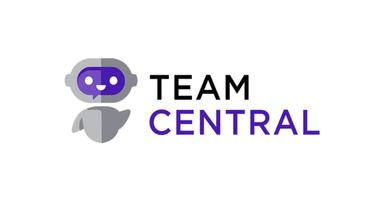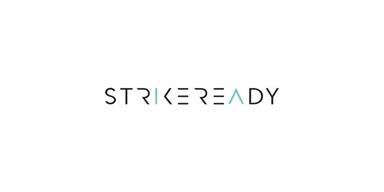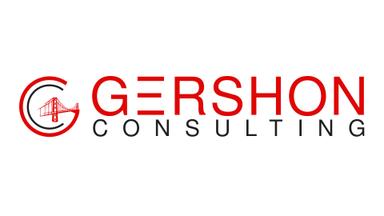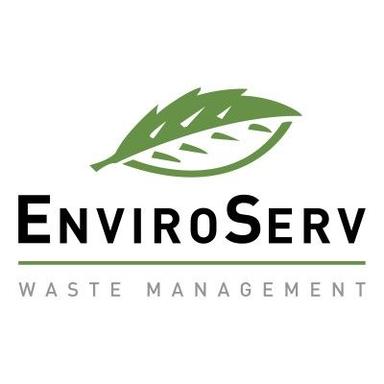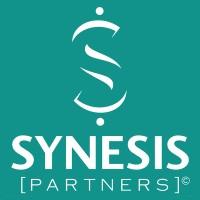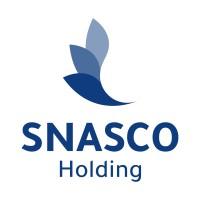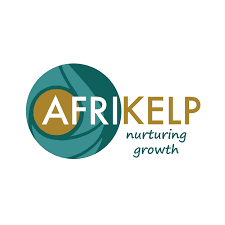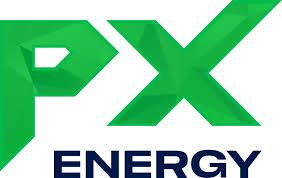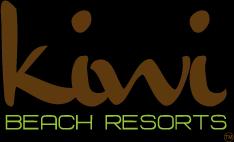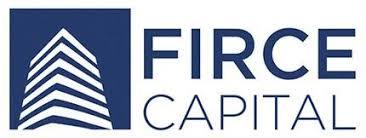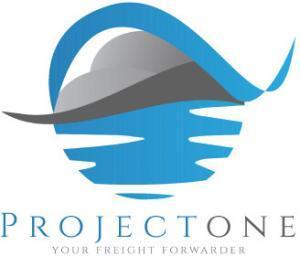The Second Heart Assist (SHA) System (by Second Heart Assist, Inc.) is a proprietary, implantable ventricular assist device (VAD) that has been designed to support cardiac circulation by augmenting native cardiac output to increase blood flow from the descending aorta to the kidneys and other organs
20 Best Companies to Watch of 2021
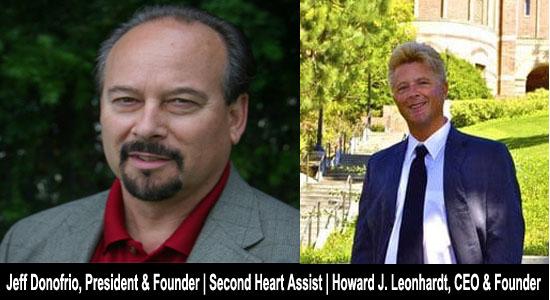
Second Heart Assist has been recognized as one of the 20 Best Companies to Watch of 2021 by The Executive Headlines .
Second Heart Assist, Inc. (SHA) was launched in February 2017 with the goal of developing a minimally invasive, mechanical, circulatory support platform with which to support or treat patients undergoing coronary re-vascularization or who are suffering from various forms and stages of heart failure, respectively. Using a proprietary, percutaneously delivered, aortic stent/pump combination technology, the SHA team has grown and expanded our company offerings to include both catheter-based and wireless solutions. The catheter-based product is designed to treat patients with acute decompensated heart failure and to provide circulatory support to those undergoing high-risk percutaneous coronary intervention (PCI). The wireless product will provide chronic circulatory support for patients suffering from chronic heart failure.
Below are the highlights of the interview with is the Jeff Donofrio, President & Founder and Howard J. Leonhardt, CEO & Founder of Second Heart Assist
Tell us about your key operations in the market?
Second Heart Assist, Inc does not currently have any product offering on the market. In order to enter the market with a class III medical device, the FDA requires companies to apply for, and be granted, a pre-market approval (PMA). This process is generally expensive, time consuming, and requires several human studies, post-development, before approval is awarded. SHA is in the initial phases of the PMA process, but we are still in the research and development phase of production, which involves several iterations of the design process. In its current form, the SHA device moving toward human studies with the goal of completing 10 clinical cases over the course of the next 2 months.
What factors influenced or motivated you to start this venture?
While pursuing another venture in cardiac regeneration, the Second Heart Assist team began to explore post-infarct cardiac support by reducing cardiac afterload. This investigation led to the development of a percutaneously delivered, stent-based, circulatory assist platform that could be placed within the descending aorta. The original intent was to act as a “bridge” to the regeneration process. Jeff Donofrio, President of Second Heart Assist, Dr. Leslie Miller, Chief Medical Officer, and several other cardiovascular experts recognized the potential of the Second Heart Assist platform in other, more established cardiac markets (i.e., PCI support, CRS treatment, etc.) and encouraged team members to spin the technology out into an independent product. Shortly after, the Second Heart Assist, Inc was formed, and SHA platform development was initiated.
What is the most important key to your success? Share the experience.
Second Heart Assist, Inc has built up a 5-star team that is navigating the company through the various processes needed to move a device from ideation to clinical use. This includes iterations of device design, production, verification, validation, pre-clinical, and clinical testing. These design and product development efforts also require support through capital raise, marketing, sales, regulatory navigation, and negotiation with potential acquisition partners.
Explain the technology behind Second Heart Assist?
The Second Heart Assist (SHA) System (by Second Heart Assist, Inc.) is a proprietary, implantable ventricular assist device (VAD) that has been designed to support cardiac circulation by augmenting native cardiac output to increase blood flow from the descending aorta to the kidneys and other organs. The first generation of the SHA System consists of a proprietary blood Pump (comprised of an Impeller within a Stent Cage), positioned at the end of a Driveline catheter, and powered by an external console system.
The Pump is mounted on a 13.5Fr Proximal Driveline. It is initially retraced, but once positioned, the outer sheath is retracted, and the self-expanding stent is exposed. The Pump, centered within the sheath, has two impeller wings that are unfolded within the inner diameter of the stent. The Pump can then be operated by engaging the motor cable at the base of the handle, which, in turn, spins the internal driveline and, subsequently, the impeller within the stent.
The Stent is designed to expand to a radius slightly larger than that of the surrounding aorta—providing sufficiently strong radial force to hold the pump in place during operation and reducing the potential for shift during operation. Impeller blades are undersized with respect to the aorta. The combination of undersized impeller blades and a slightly oversized stent cage provides the sufficient clearance to operate the pump unimpeded while simultaneously protecting the aorta.
What are the two advanced device platforms for three distinct cardiovascular clinical endpoints and markets?
As referred to in the answer to question 6, Second Heart Assist is developing two device platforms to address three distinct cardiovascular clinical endpoints. First, a catheter-based device has been developed to support or treat patients undergoing coronary re-vascularization (high-risk PCI) or who are suffering from acute decompensated heart failure with associated cardiorenal dysfunction.
High-risk PCI
The U.S. market reports an annual occurrence of PCI procedures that ranges from 650,000 to 1.2 million. Current estimates indicate that 10% of PCIs are considered high-risk and could potentially benefit from a supportive device such as Second Heart, which represents a market of approximately $3B per year.
Acute decompensated heart failure
Acute decompensated heart failure accounts for approximately 1 million hospitalizations each year. Of those, roughly 15% are complicated by reduced kidney function. Due to the Second Heart device's placement just above the renal arteries, patients with reduced kidney function stand to significantly benefit. This Cardio-Renal Syndrome (CRS) market segment accounts for a potential $3.75B in sales per year.
The second-generation wireless device is designed for chronic implantation for patients with Class III heart failure who are experiencing reduced ejection fraction.
Class III reduced EF heart failure
The AHA reports that roughly half of the 1.8 M Class III heart failure patients diagnosed each year experience reduced ejection fraction (900,000 reduced EF patients). Of course, not all patients will be eligible candidates for the SHA system, but even a 1/3 representation of these candidates yields a potential $24B in revenue.
If you have to list five factors that have been/are the biggest asset to your organization, what would they be and why?
a) Clear Market Need
There is a large, unmet need within the heart failure market. Across the US millions of people are suffering from Class III heart failure, or worse. Hundreds of thousands of new patients are diagnosed each year. Over the past several years, 12 new pharmaceutical agents have initiated clinical trials to address the Class III HF market—all have failed. There is a clear and present need for a mechanical solution to assist patients within this market. The SHA device fills that need.
b) The Right Team
The SHA team is experienced and has the right variety of skill sets to complete the various facets of product & business development. They believe in themselves and in Second Heart Assist’s technology, and they have the desire, and tenacity, to succeed regardless of any obstacles.
c) Engineering
SHA engineering efforts rely on decades of experience in both medical device design and manufacturing. For our first-generation device, we were able to create a device that more than adequately met the needs of both patient and physician. It is quiet, durable, safe, and effective in supporting high-risk PCI and cardiorenal syndrome. Engineering efforts are being further expanded for the second-generation by developing a chronic, wireless device with minimal power consumption and heat generation that can operate at the same speeds as the catheter-based design, having the same effectiveness, without the need for physical extracorporeal tethers.
d) Intellectual Property
The Second Heart Assist patent portfolio protects the company product offering and assets from external competitors. Our IP is novel, unique, non-obvious, and sufficiently broad to prevent unauthorized production of overtly similar products.
e) Capital Raise
The SHA team has been successful in fund-raising efforts through a large network of angel and other investors. The goal of SHA fundraising, to this point, has been to raise sufficient capital to achieve specific, pre-determine milestones. This strategy reduces dilution while supporting only what is needed for the next stage of product development. The ability to raise capital relies heavily on each of the four key factors mentioned in the previous responses: market need, team, engineering, and IP.
What are the biggest challenges did you face in the initial years?
Early seed money is always difficult to obtain for a fledgling company. Fortunately, a handful of key angel and other investors caught the vision of the SHA technology and put their trust (and capital) into us. With that early capital we were able to develop a reliable product that produced reliable results and opened the door for future successes—both in product development and later capital investment.
Of course, building the appropriate team was not easy. Some early hires were key to the development of the technology, but not all. The process of finding, attracting, and keeping key personnel, while winnowing out personnel who were redundant or did not offer sufficient benefit was a challenge.
Perhaps the most difficult challenge that we faced was finding the proper testing model. We performed testing in computational fluid dynamics, mock loop, and other pre-clinical approaches. Each model was inadequate for the needs and intended use of the device. In the end, we have tested many of the key features, as well as several of the failure modes, using a variety of tests, but there is no perfect model for testing our device other than in a human patient. As a result, we did as much testing as we could to ensure safety before pursuing early feasibility testing conditional upon FDA permission.
What do you feel are the reasons behind your company’s reputation?
Much of the answer to this question is available in the answer to question 12. Second Heart Assist’s reputation rests on our ability to define a clear need, assemble an experienced team from diverse backgrounds, generate a quality product that meets the defined need, establish a strong IP portfolio, and raise capital to support those efforts.
Do you have any new products or services ready to be/getting ready to be launched?
The first generation of the SHA “Whisper” device (the catheter-based design) is slated to start clinical studies in September 2021. After these studies, final design changes will be frozen and a pursuit of additional studies and subsequent acquisition will be pursued.
Tell us about Second Heart Assist methodology and how is the driven technology and tools are transforming the future of medical device?
The Second Heart Assist methodology involves several areas of focus and attention, particularly:
a) to address the needs of key identified markets: high-risk PCI, Cardiorenal syndrome, and Class III heart failure,
b) to develop appropriate technology to meet the needs of those markets,
c) to build a strong regulatory team that began to work with the FDA early on to identify what was expected as we proceeded from device inception to clinical trials,
d) to design, develop, and manufacture a quality product that meets and/or exceeds user needs,
e) to develop a clinical team and identify clinical sites that can provide appropriate, and highly credible clinical support for the trial sites,
f) to establish a marketing team that provides the best information for the fundraising group, makes projections of market opportunities, researches reimbursement opportunities and works with the clinical team to create slide presentations for fundraising and presentations for medical conferences and for potential acquisition companies,
g) to contract with the best M&A companies to manage our legal efforts as well as the sale of our company/technologies, and
h) to raise funds to support the processes listed above while minimizing dilution. We have purposefully avoided VC money and sought Angel investors, only, at this stage.
Where do you see Second Heart Assist in the next 3-5 years?
Second Heart Assist is targeting an acquisition exit within the next 1-2 years. After clinical studies, we aim to pursue an acquisition deal that will move our early work into a more established firm that is able to support the progress of the product through the FDA’s pre-market approval process. Within 3 – 5 years, we hope that the acquiring coumplan will have fully vetted product and manufacturing process, has passed through the pivotal trial phase of development, received a PMA, and is currently marketing the device.
What are your messages for budding entrepreneurs/young generation?
1) Develop and organize your ideas
2) Map out your product development process and build your team and Organizational structure
3) Estimate your funding needs (and then double or triple those funding needs) and creatively pursue ways to raise that level of capital.
4)Surround yourself with people who are smarter than you and that are willing to work with the team to establish and meet key goals. To do this you can't be stingy but be willing to pay for that talent. Payment to the key team should not only include salaries but significant equity positions
5) Perseverance-regardless of how many people tell you that you will never make it. Use their negativity as fuel to prove them wrong and drive you to success.
Meet the leader behind the success of the Second Heart Assist
Howard J. Leonhardt, CEO & Founder
Howard Leonhardt is an inventor and serial entrepreneur. He founded Second Heart Assist, Inc. with Jeff Donofrio (president) and others in early 2017 with the goal of off-loading the heart during coronary interventions and increasing renal blood flow to patients suffering from various forms of heart failure. Mr. Leonhardt holds over 20 U.S. patents for products for treating cardiovascular and heart disease. His patents include, but are not limited to, cardiovascular balloon catheters, stent grafts for aneurysm repair, percutaneous heart valves, electrical stimulation devices for cardiac regeneration, and biological pacemakers. His TALENT stent graft, developed in the early 1990′s, holds a leading share in the world market for repairing aortic aneurysms without surgery. His inventions have treated over 200,000 patients in 60 countries. In early 1999, Mr. Leonhardt founded Bioheart, Inc. www.bioheartinc.com a leader in applying adult muscle stem cells to treat heart failure. Bioheart’s MyoCell division entered Phase II/III clinical trials at 33 leading centers in the USA (The MARVEL Study), which demonstrated improvement in patient exercise capacity. Howard Leonhardt was South Florida Entrepreneur of the Year 2003 and State of Florida Entrepreneur of the Year 2004. Leonhardt has founded 20 companies to date, most of which were majority funded by his venture firm Leonhardt Ventures and their associated angel networks.
Jeff Donofrio, President & Founder
Jeff Donofrio has 25 years of Medical Sales and Sales management experience and has served as a senior consultant for several cardiovascular companies, including WL Gore & Associates, Edwards Lifesciences and Cardiac Assist, Inc. Jeff was the co-founder of Big Sky Medical Inc. which was built and successfully sold for a nice profit to a larger company. He has experience in building both direct sales forces as well as distribution networks.
Business News
From Zero to Certified: The Journey Behind Every Home System Expert
When Expenses Get Creative: Survey Exposes Bizarre Claims
Electronic Wills and Testamentary Freedom: Inside the Wills Bill 2025
Splat App Transforms Photos Into Coloring Pages Using AI
U.S. Tech Giants Warn Visa-Holding Employees to Avoid International Travel Due to Processing Delays





